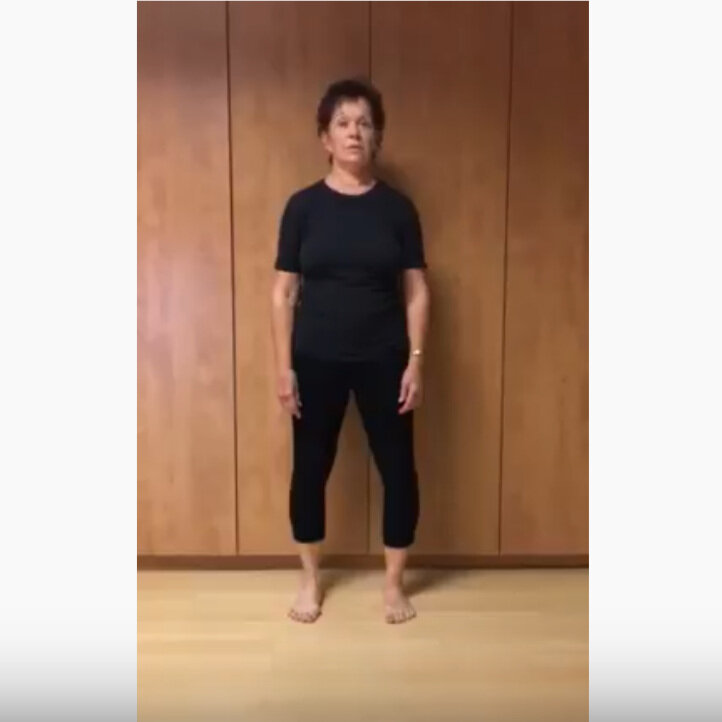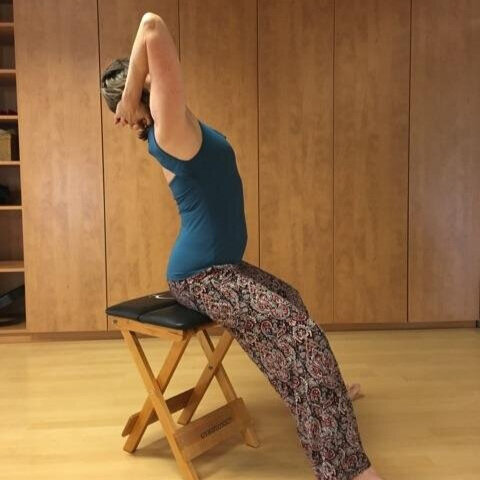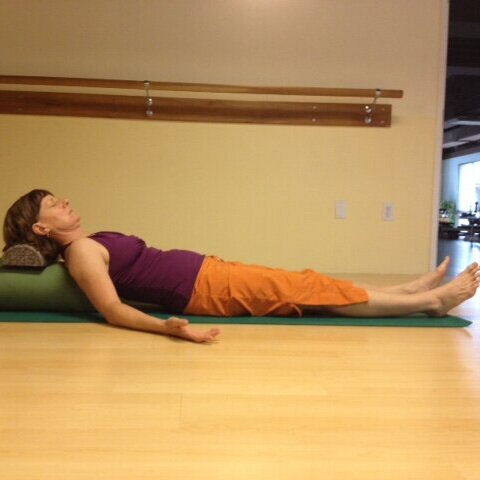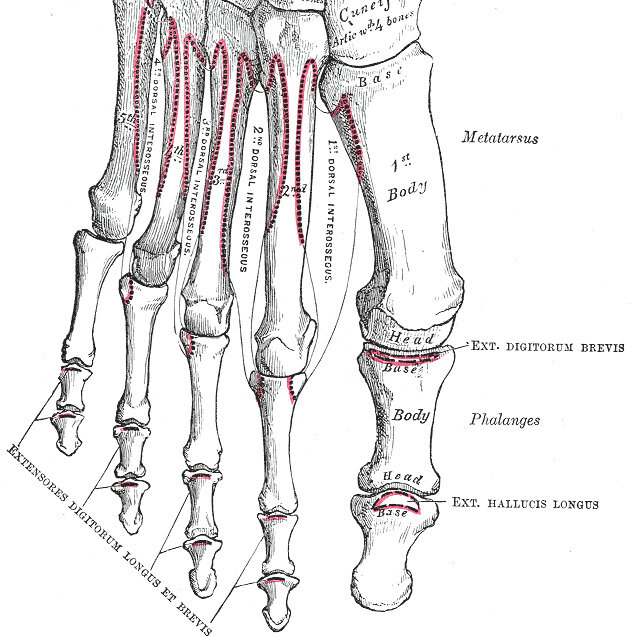Thought Spirals
Preparing the Nervous System Part 2: Coordinating the Visual and Vestibular Systems
In this blog I will examine the importance of the vestibular system and how it is linked to the visual system. Since GYROTONIC® Spinal Motions take the head away from a neutral axis, it is helpful to understand that performance of these movements depends on a well-functioning vestibular system.
Preparing the Nervous System: It starts with the eyes
Spinal motions involve very complex coordination between the visual system (eyes), the vestibular system (inner ear), the brain and the body. Many of us take for granted that we can lift our eyes, inhale, extend our spine and maintain our balance. Yes, we SHOULD be able to do this. Spinal extension is one of our primary developmental movements. But, if the visual or vestibular systems are compromised in any way, this basic movement may need to be regressed.
Working with Bowed Legs: Making a Bow into an Arrow
Recently a Facebook group of movement teachers of which I am a member had a query about working with people with bow-legs, which exercises were successful and which were less so. As I drafted a response, I realized that the work I'd been doing with one of my clients was worth sharing.
Befriending Arch
I have never been very good at Arching, and from a young age had a stiff spine. I have a very vivid memory of being about six years old and playing with a friend. We were outside in the grass and she began doing backbends from standing. I made an attempt and was halted immediately by the stiffness of my spine. It surprised me but I simply accepted that I was tight and let it go.
RELEASING: A Few Things I've Learned From Nutritious Movement™/Restorative Exercise That Have Helped My GYROTONIC® Practice
Studying REx increased my understanding of cellular health, cardiovascular health, and our bony structure, and gave me new perspective on alignment. This has had a very positive effect on my experience of the GYROTONIC Principles.
Your Tailbone is a Rudder
In this blog I wish to share with you my discovery of the coccyx as a place of movement initiation. Until recently, every time I heard a cue related to the tailbone, I mistakenly visualized my sacrum. Cues to "drop the tailbone,” "imagine your tailbone as a heavy dinosaur tail,” and "lift your tailbone" were misinterpreted in my mind.
Oh Those Shivers! Two perspectives that have allowed me to go deeper with this exercise
Shivers is a beautiful and profound exercise. The movement begins to stimulate an awareness of the legs' root deep in the body, at the origin of the psoas muscle on the crura of the diaphragm.
Images for the Midline: Pubic Disc and Philtrum
I have recently been exploring cues for two parts of the anatomy that are not normally mentioned when identifying this midline. The first, sensing and moving the pubic disc, was inspired by a beautiful video from Bonnie Bainbridge Cohen about the pubic symphysis.
GYROTONIC® LEVEL 1: Canoeing As An Exercise for Better Breathing
The coordination of the upper and lower body for optimal movement is dependent on good mechanics in the breathing mechanisms of the body, in particular the thoracic and pelvic diaphragms and intercostal spaces.
Your Feet and the GYROTONIC® Method
Proprioception is our ability to know where we are in space--it is our body's internal mapping system. This mapping gives us information about our environment, our brain interprets the information, makes a decision about the information and then sends the body a message of how to respond. Proprioception exists to help you survive.
Seven Reasons to Practice GYROTONIC® Exercise
The GYROTONIC EXPANSION SYSTEM® was developed by Juliu Horvath more than 30 years ago. A blend of dance, yoga, tai chi, and swimming, the method promotes fluid, undulating motion accompanied by varied breathing patterns to regenerate and stimulate the entire body.











